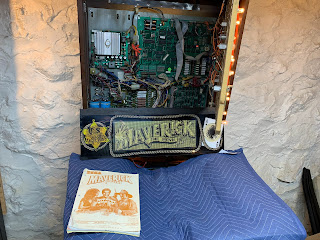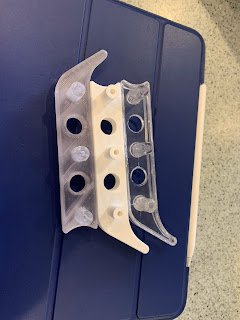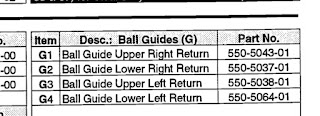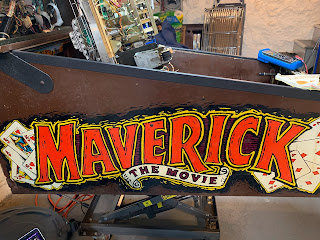I have been debugging lots of problems in the machine. First, some good news, I've gotten the screen working. I've replaced it with a completely new one: I have a few problems with it, but that'll be for another post. Tonight's post is about CPUS. Have Iron, Will Travel Part of debugging the screen has me questioning that the CPU board is in good shape. I'm pretty sure the power supply isn't helping (again, more later), but I decided to take the CPU board out, and see if I could see anything obviously wrong with it. The CPU board was largely in good shape. You will note, there's a battery pack on it. This needs to be removed because, over time, the batteries leak, and put an alkaline all over the board. While this doesn't immediately ruin a board, over time it well. So, that's coming off: Otherwise, as I inspected the board, I didn't see any obvious problems. The capacitors all looked good, the chips all looked good, the transistors all tested w...






